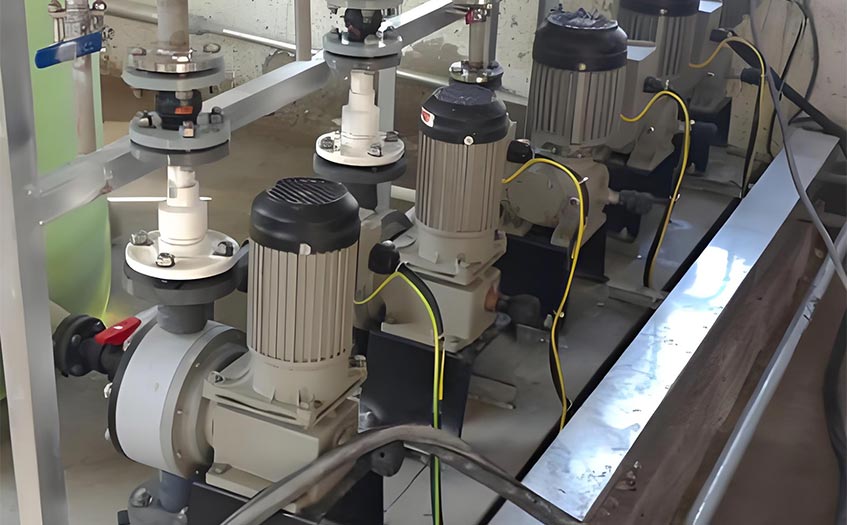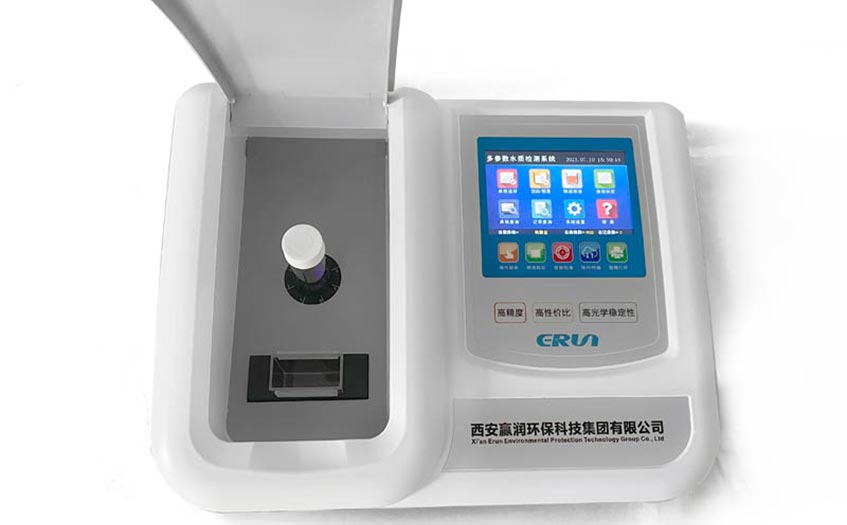Boilers are the main equipment in the industrial field. The detection of boiler water quality will directly affect the operating efficiency and service life of the boiler. In boiler water management, the analysis of phosphate, the role and use of phosphate, and the application of phosphate detection in boiler water are indispensable and important links. If you need detailed product information and quotes, please contact customer service directly.

Accurate detection of phosphate in boiler water is of great significance for ensuring stable water quality and preventing scaling and corrosion. Currently, commonly used test methods include phosphomolybdenum blue colorimetry, turbidity and ion chromatography.
1.Phosphomolybdenum blue colorimetry: This method is based on the principle of chemical reaction and is one of the classic methods for detecting phosphate. Under the acidity condition of c(H+) equal to 0.6 mol/L, phosphate ions react with ammonium molybdate to form phosphomolybdenum yellow compounds, which are then reduced to phosphomolybdenum blue form by stannous oxide. Using a spectrophotometer, the sample solution is colorimetrically compared with a standard series of known concentrations, and the phosphate content in the water sample can be calculated based on the change in absorbance. This method is suitable for the detection of water samples with phosphate content between 2 mg/L and 50 mg/L.
Our desktop boiler water phosphate water quality tester is developed and produced using this method. It has high accuracy and reliability and can read the phosphate content value intuitively. If you need detailed product information and quotes, please contact customer service directly.
2.Turbidimetric method: This is a relatively simple method for measuring phosphate, usually using ammonium molybdate as a reagent. The sample is added to a certain amount of reagent, and the turbidity of the mixture is measured optically to determine the phosphate content. However, this method has limited accuracy and has difficulty measuring low concentrations of phosphate.

The main purpose of adding phosphates to boiler water is to prevent calcium scale and alkaline corrosion. Phosphates react with calcium ions in boiler water to form basic calcium phosphate, which is a soft water residue that is easily removed with boiler blowdown, thus avoiding the formation of scale. At the same time, phosphates can also adjust the pH value of water, shield inorganic and organic impurity ions in water, and further ensure stable water quality.
Specifically, the roles and uses of phosphate treatment in boiler water include:
1.Prevent scaling: By generating soft water slag and removing it with sewage, the calcium ion content in the water in the boiler is effectively controlled, reducing the formation of scale.
2.Anti-corrosion: Phosphate treatment can also form a protective film on the metal surface, slowing down the corrosion rate of the metal surface.
3.Regulating water quality: Phosphates can adjust the pH value of boiler water to keep it within the appropriate range, preventing corrosion and scaling problems caused by improper pH.

Detecting the phosphate content in boiler water is of great significance to ensure the safe and efficient operation of the boiler. In practical applications, for situations where accurate measurement of phosphate content is required, it is recommended to use phosphomolybdenum blue colorimetry or ion chromatography; while for situations where only a preliminary judgment of the presence of phosphate is required, the turbidity method is a simple and quick method.Operators need to adjust the amount of phosphate added according to the test results and optimize the chemical treatment plan for boiler water to achieve the best protection effect and economy. At the same time, the test data can also provide important reference for the maintenance and care of the boiler. Therefore, the boiler water phosphate water quality tester is very important for boiler water testing. If you need detailed information and quotes, you can directly contact customer service.